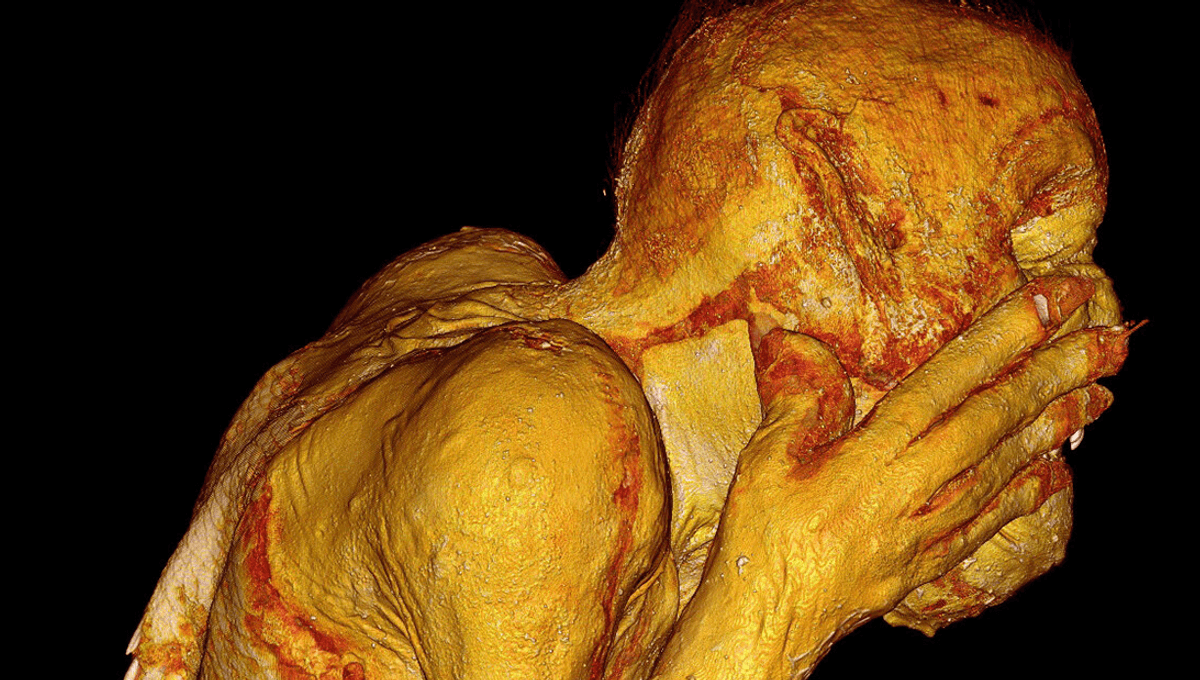
Scientists from the Kurashiki University of Science and the Arts have tested an old “mermaid mummy” to find out what it really is.
The Enjuin “mummy” was found in a box at the Enjuin Temple in Asaguchi, Okayama Prefecture, Japan. A note left with the unusual object claimed that it was “a mermaid caught in a net off the sea off of Tosa […] in the Genbun era [1736-1741 CE],” according to Unseen Japan.
Though it of course isn’t a mermaid, people had wondered for years what it actually was.
“We have worshipped it, hoping that it would help alleviate the coronavirus pandemic even if only slightly,” the head priest at the temple told Japanese news outlet The Asahi Shimbun, before the mermaid was studied. “I hope the research project can leave (scientific) records for future generations.”
The team conducted surface observations, X-rays, computed tomography (CT) scans, radiocarbon dating and DNA analysis to determine what they were looking at.
Outlining their findings in a final report, the team found that it was – at least in part – animal. The lower half was a mesh of “dorsal, anal, and pelvic fins, the fin bones that support the fins, and the caudal skeleton”, while pufferfish skin was used to cover the arms, shoulders, neck, and cheeks. The scales, the team believes, date to the late 1800s.
The hair, meanwhile, came from a mammal, while animal keratin was used for the nails, the team found after study with an electron microscope.
Before you get too excited and shout “mermaid confirmed”, the team found that the upper body was made of paper and cloth, as well as cotton padding and a substance a bit like plaster.
Previous studies have looked at similar animals, including one “mermaid” that turned out to be a fish that was attached to a wire and wood torso, with human hair for a finishing touch.
Perhaps the most famous mermaid hoax was the “Fiji Mermaid”, put on display by American showman, mayor, and hoaxer P. T. Barnum. In his advertisement for the exhibit, Barnum included typical drawings of mermaids, depicted as beautiful half-women half-fish creatures. What actually greeted punters when they arrived was the top half of a monkey, which had been sewn to the bottom half of a fish.
The “mermaid” fish monkey was likely created by a Japanese fisherman as a joke. The fisherman claimed the mermaid had made a prophecy that sterility would sweep the island, and the only cure was to have a picture of the mermaid, which he would happily give to people – for a small fee, of course.
Source Link: Scientists Have Tested The "Enjuin Mummy" To Find Out What It Really Is